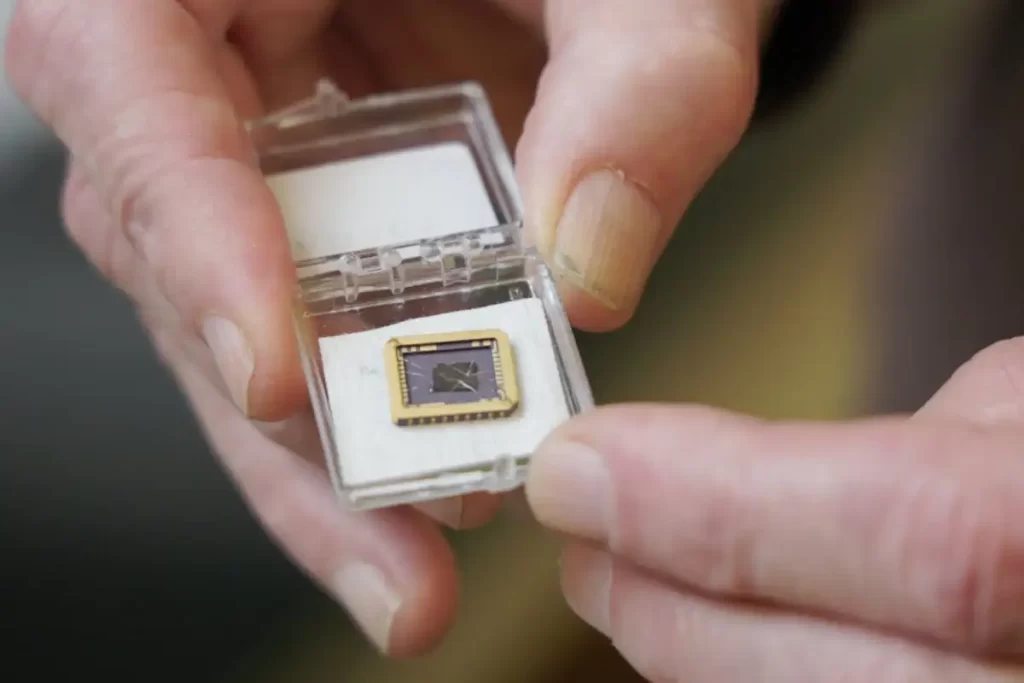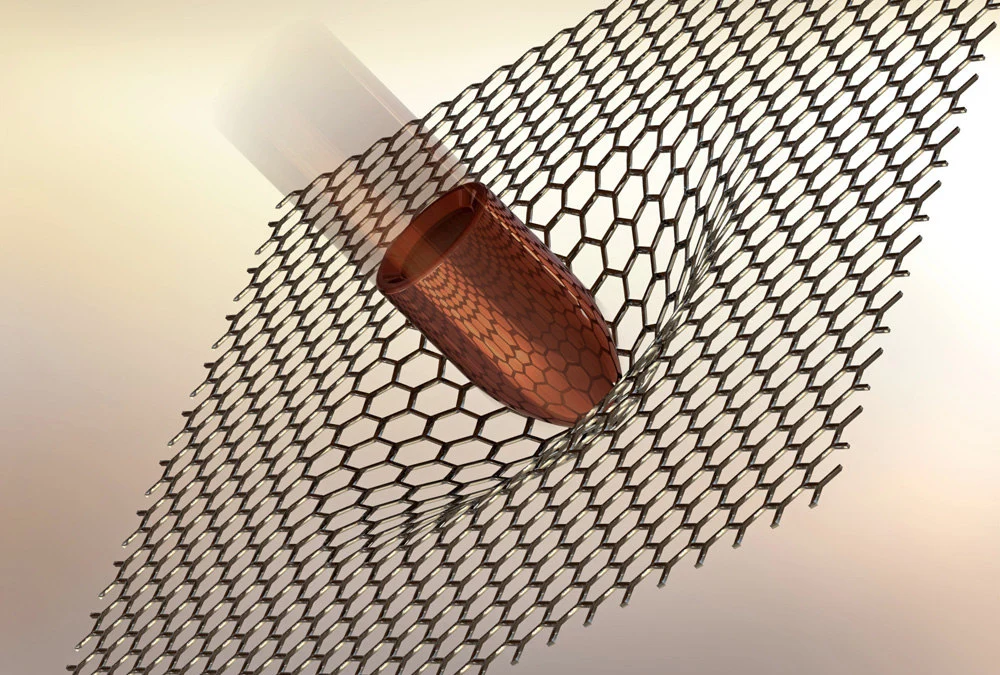In today’s era of technological advancements, where innovation seems to know no bounds, there is one material that stands out as the miracle of the 21st century – graphene. Just a single layer of carbon atoms arranged in a honeycomb lattice structure, graphene is not just incredibly thin and flexible but also boasts a range of exceptional properties that have the potential to revolutionize multiple industries.
Properties and characteristics of graphene
The unique properties and features of graphene make it an interesting and exciting material to researchers and scientists around the world. The material is the thinnest known, at just one atom thick, but it is incredibly strong and tough . Its toughness surpasses steel, making graphene a perfect candidate for durable materials which weigh little, suitable for aerospace and automotive applications.
Furthermore, the material is a phenomenal conductor of electricity and heat, significantly more effective than currently used ones . This high electrical conductivity makes it a perfect material for electronic and technologic use, while its high thermal conductivity enables efficient heat removal from various systems. Graphene is also impermeable to gases and liquids, which may be used in water purification and drug administration . Due to its porous structure, it allows some molecules to pass through while stopping others – this makes graphene a promising material for filter-based achievement processes. The porous structure also vastly increases the surface area – making it suitable for pollutant adhesion and removal.

Applications of graphene in various industries
The amazing capabilities of graphene have made it a highly sought-after material in a variety of industries. In the industry of electronics and technology, the outstanding electrical conductivity of graphene could transform the development of faster and more efficient electronics. For example, graphene transistors could be used for manufacturing ultra-fast and extremely energy-efficient computers and smartphones.
Additionally, due to its flexibility and transparency characteristics, as mentioned in the table , graphene is highly beneficial for flexible displays and touch screens. The use of graphene in technology will allow the production of bendable and foldable gadgets. In the industry of energy and sustainability, graphene demonstrates promise in achieving substantial progress. By having high electrical conductivity, graphene would be most suitable for energy storage components, battery cells, and supercapacitors.
The batteries created from graphene may have higher energy density and reduced time of charging. Additionally, the solar panels can benefit from the exceptional heat conductivity of graphene, which can improve the heat elimination process and, therefore, increase the power generation.
Graphene in healthcare and medicine
Moreover, graphene’s unique characteristics make it a material with vast potential for improving human health. Its impermeability and biocompatibility have allowed creating drug delivery systems that can target a specific cell or organ. Graphene-based nanocarriers have enough area to encapsulate both hydrophobic and hydrophilic drugs and to release their contents gradually. As a result, a new generation of medicine that will have a minimum side effect on the patient and a maximum effect on the disease may be developed.
Graphene’s high conductivity makes it possible to use it in medical imaging – sensors can measure electricity signals transmitted by the human body. Owing to that, diagnostics of numerous diseases, including heart and brain disorders, could be vastly improved. And for sure, graphene’s antibacterial properties can be used for developing antibacterial covering in healthcare.
Current research and future prospects of graphene
Research and development in the field of graphene do not stand still. New ways to take advantage of the unique properties of this material are being sought and found. The process of production and manufacturing of graphene is being actively improved, making it more processable and more cost-effective for various spheres of human life. An example of current areas of research is the creation of hybrids of graphene with other substances, completely new products that inherit all the qualities of different components.
Thus, graphene composites use the strength and conductive properties of graphene and the elasticity and resilience of other materials. Such qualities, for example, are relevant in the construction industry, where demand for lightweight and strong materials is always high.

Challenges and limitations of graphene
Although graphene is a promising material, there are several challenges and limitations associated with its use. The most critical is the production of high-quality graphene in sufficient quantities. The existing production methods are not cost-effective and do not produce enough material for commercial use.
Scientists are working on developing mass-production methods to keep up with the growing demand for graphene in various fields. In addition to that, the environmental impact of graphene is a limitation. The synthesis of graphene requires using harsh chemicals and high-energy manufacturing, which leaves a significant carbon footprint. Therefore, it is important to develop more sustainable production methods as well as recycling technologies.
Graphene production and manufacturing processes
Graphene can be produced through various methods, each with its advantages and limitations. The most common method is the mechanical exfoliation of graphite, where layers of graphene are peeled off using adhesive tape. While this method produces high-quality graphene, it is not scalable for industrial applications. Other production methods include chemical vapor deposition, epitaxial growth, and graphene oxide reduction. Each method has its unique set of challenges and requires further research and development to optimize the production process on wdbos.
The future of graphene and its impact on society
Graphene is one of those materials that hold maximal transformative potential. Everything from electronics and technology to the energy and medicine sectors will most likely be overturned by the appearance of graphene. As time goes by, it is expected that people will find more ways to implement it and learn to better combine it with other existing materials. The potential field of application is limitless. There is no doubt that graphene will change the world and make it more innovative, sustainable, and high-tech. The next technological revolution that nobody expects is just around the corner.
Also read: The Rich Culture and Heritage of Aboriginal Tribes 2024



